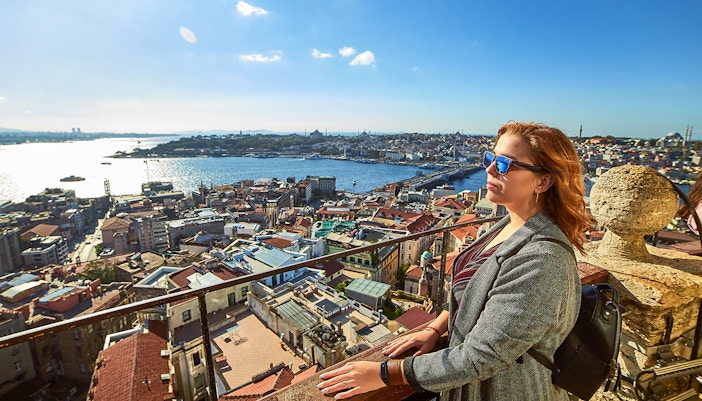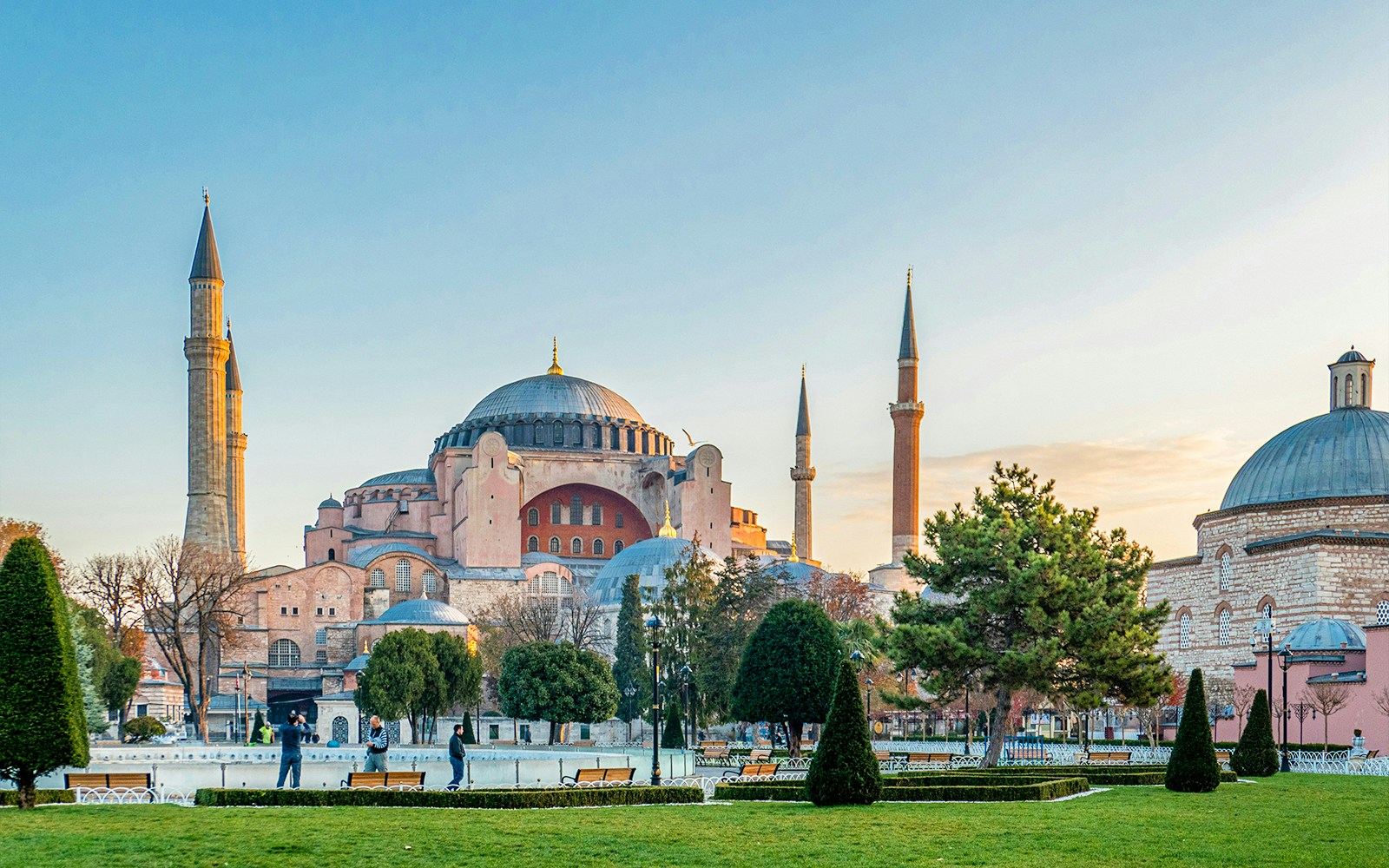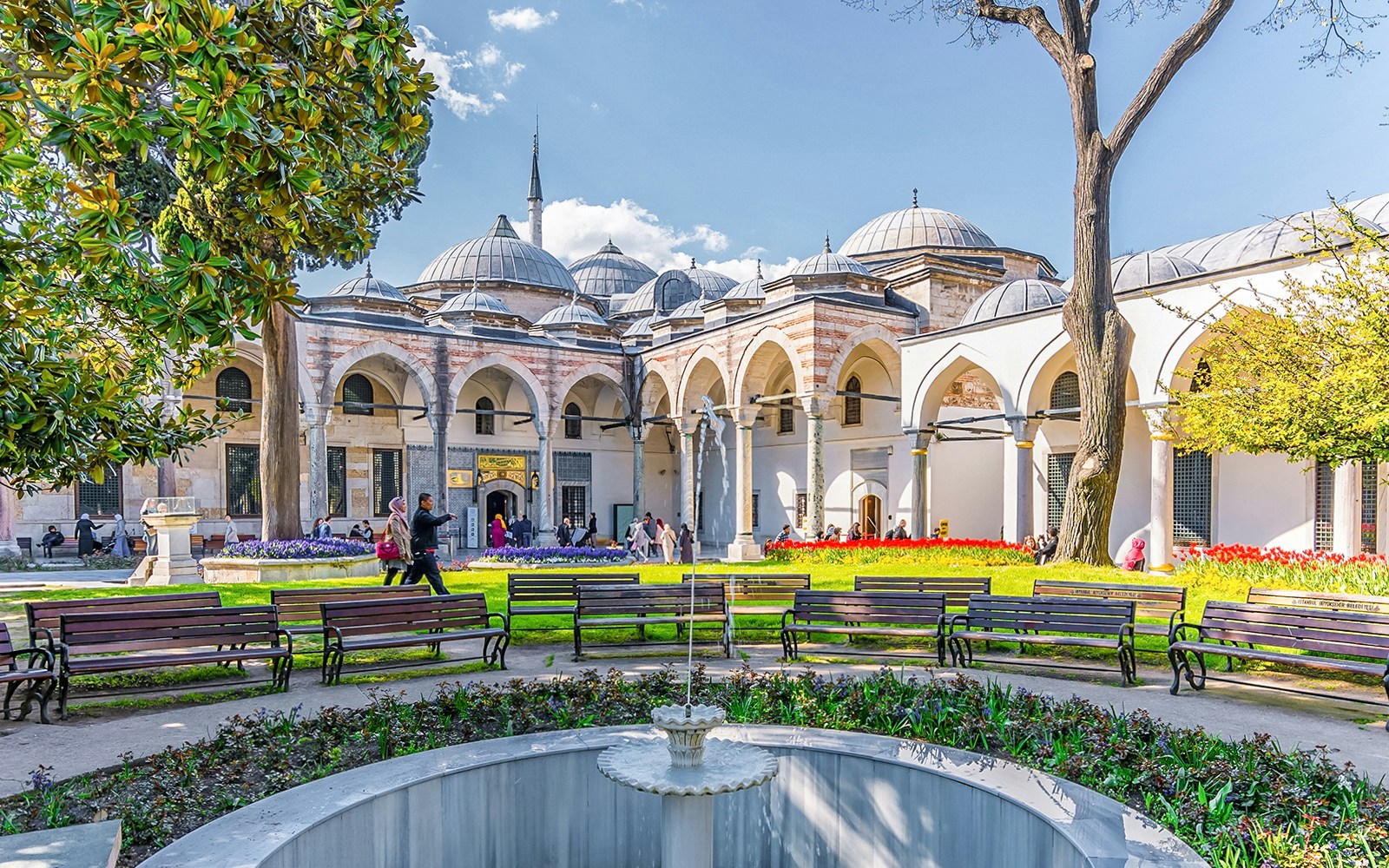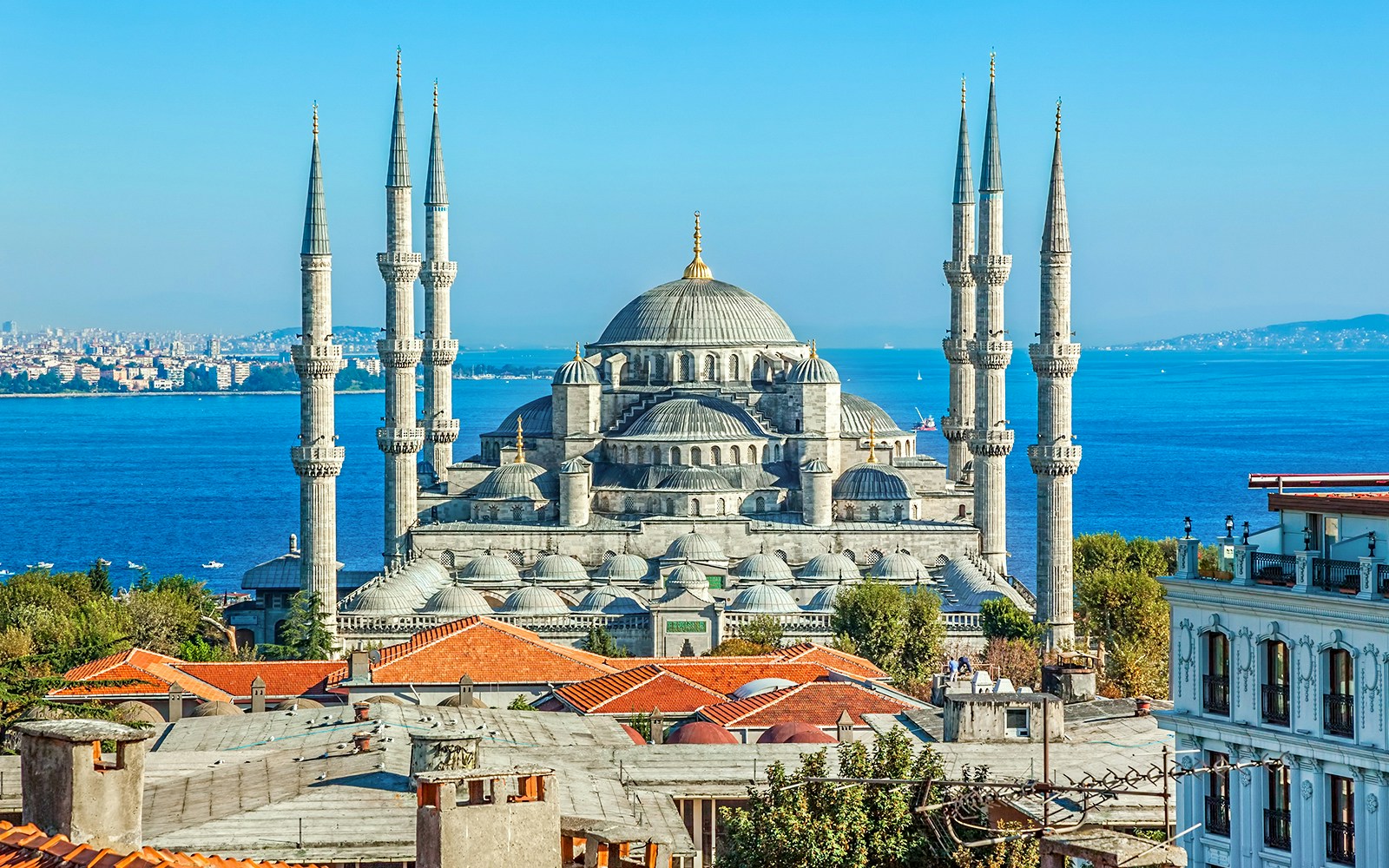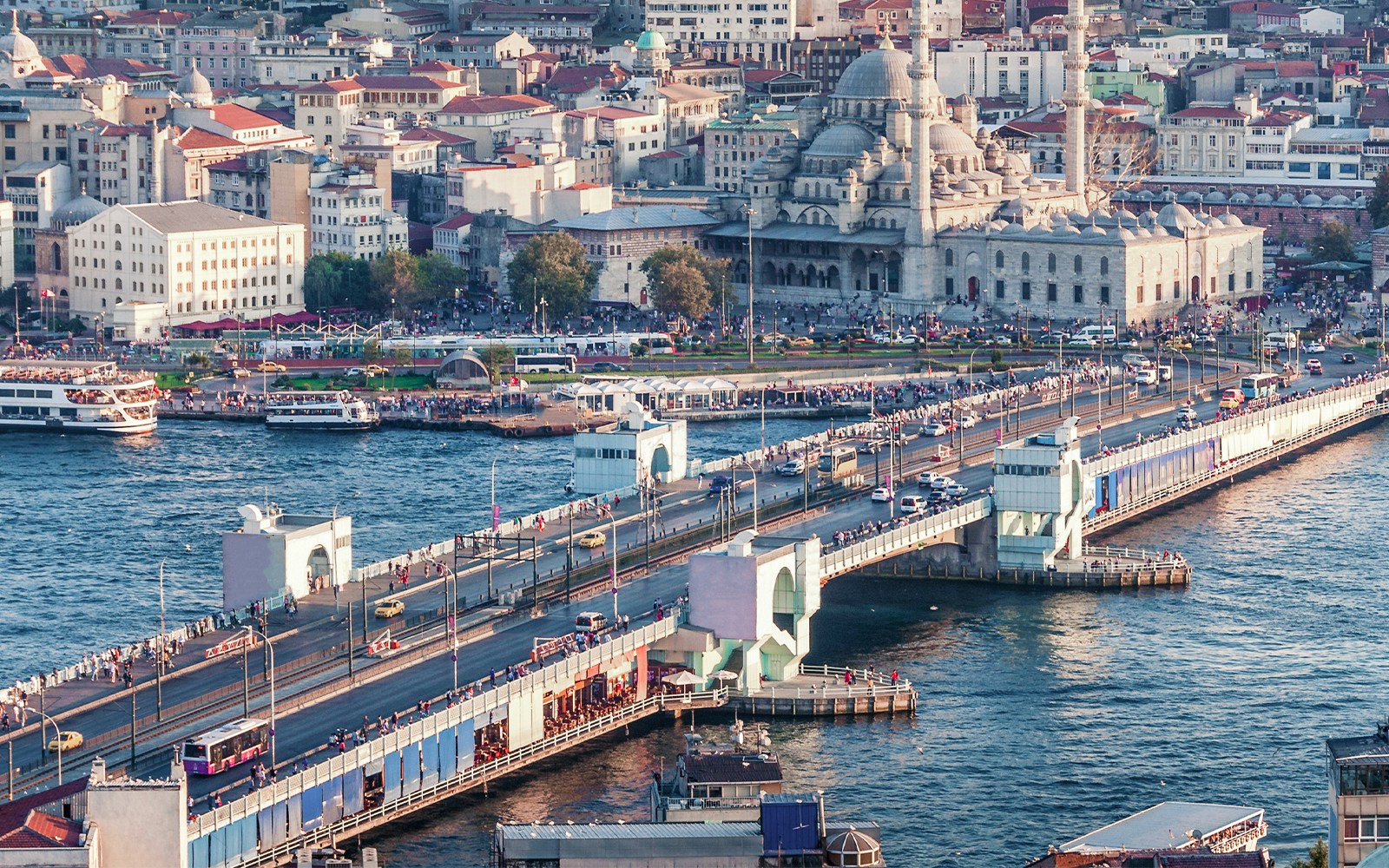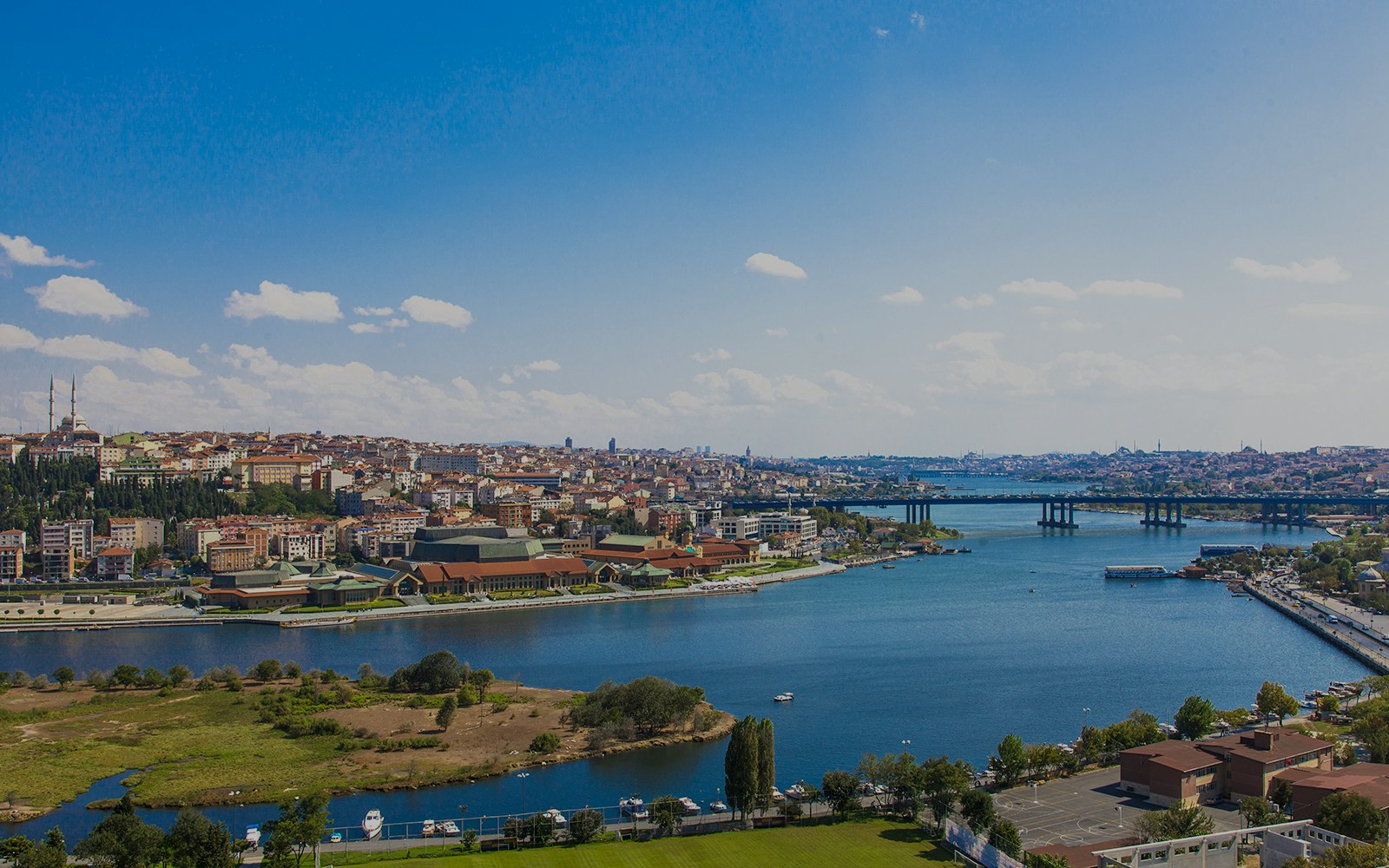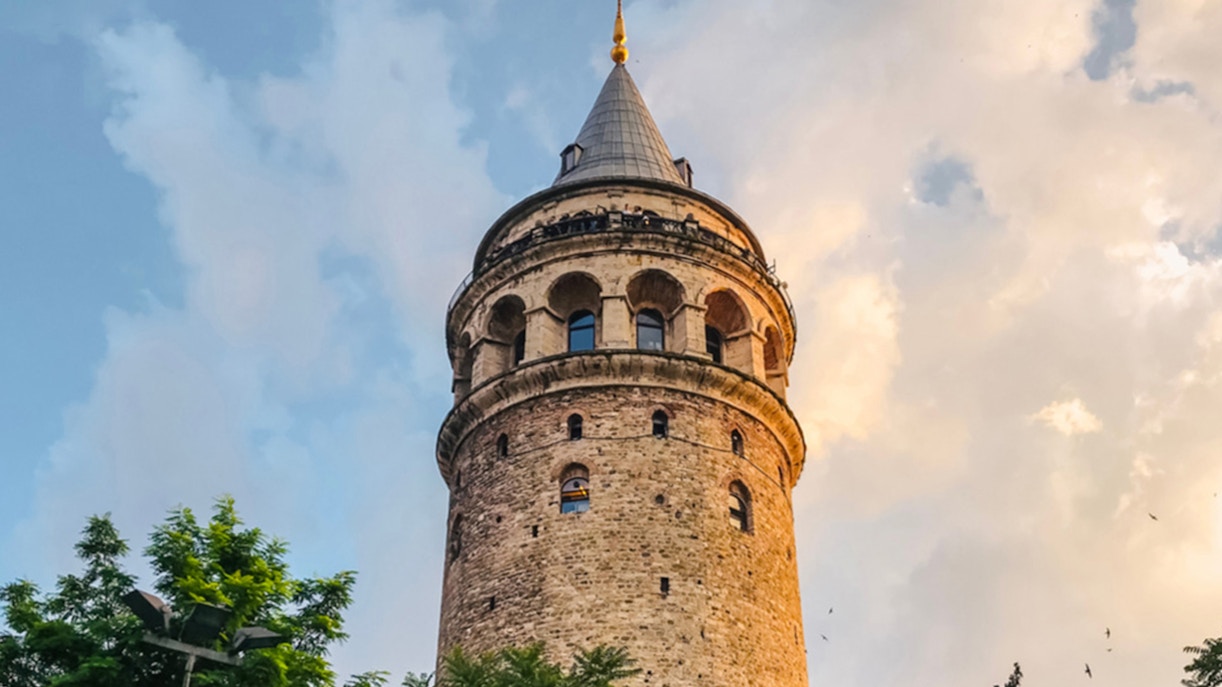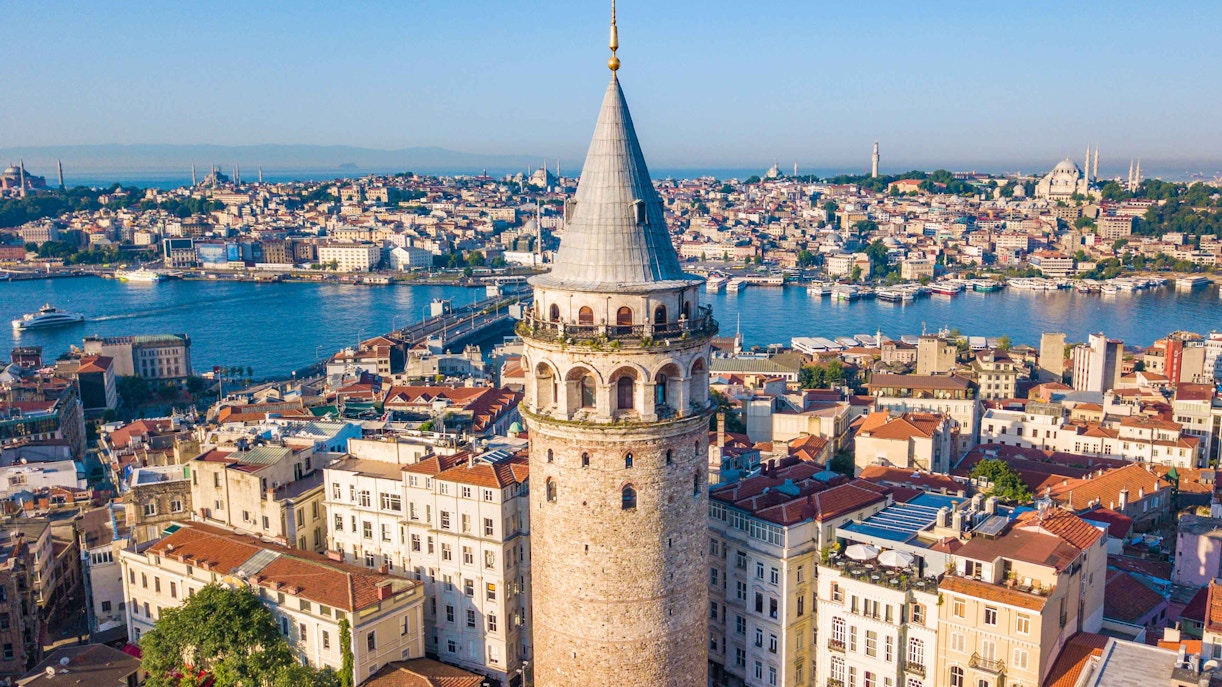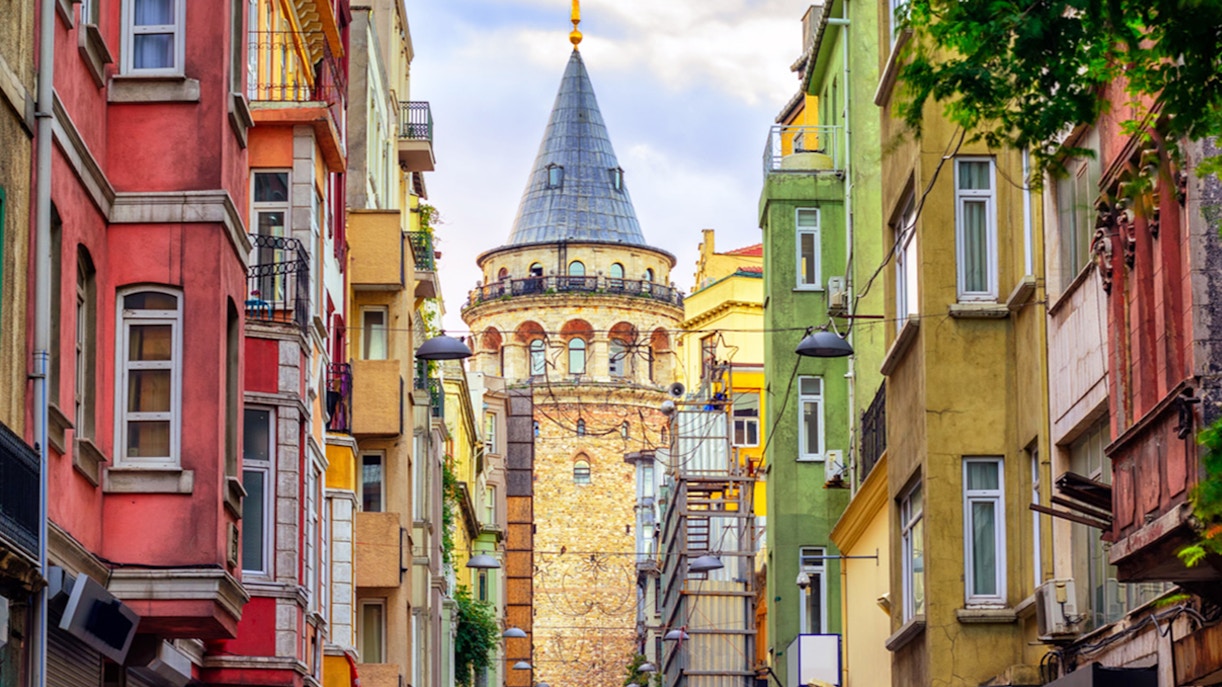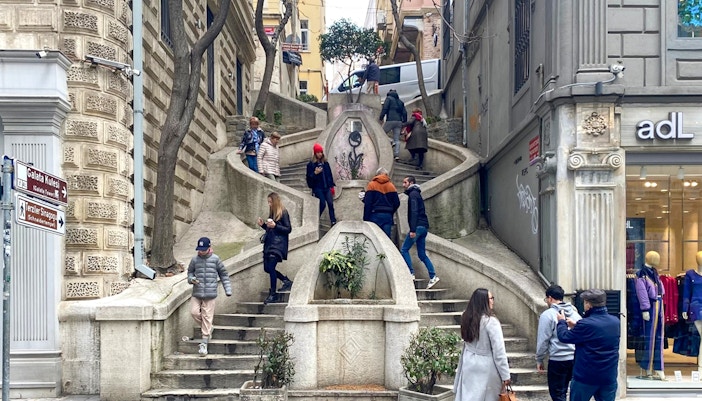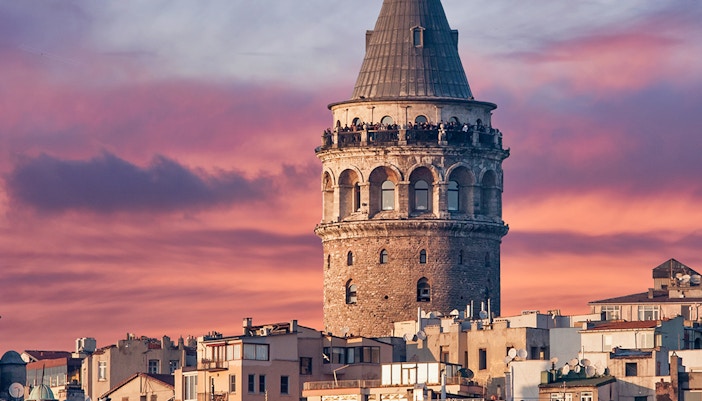The entrance of the Galata Tower has an information display, offering visitors a quick glimpse into the tower’s storied past, from its Genoese origins to its time under Ottoman rule. The ground floor features a staircase and an express elevator that takes you to the upper floors.
Inside the Galata Tower
Galata Tower’s interiors reflect the influence of the many empires that once ruled the city, offering visitors a journey through Istanbul’s rich history along with breathtaking views. Despite undergoing several restorations, the tower has preserved its iconic conical roof and Romanesque details.
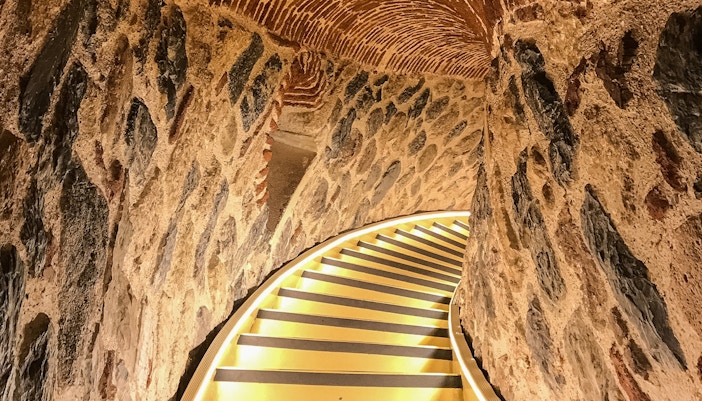
Staircase and elevators
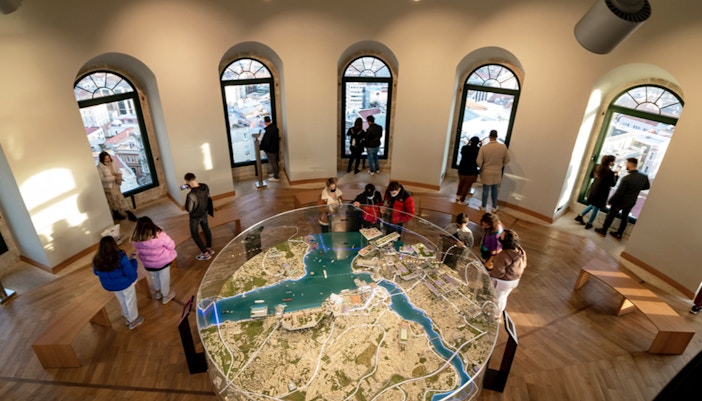
Historical exhibitions

Hezarfen Ahmet Celebi exhibit

Interactive displays

Restoration efforts
